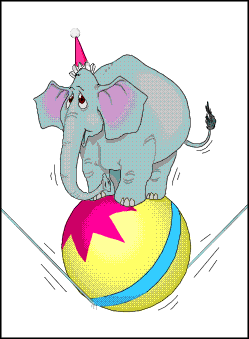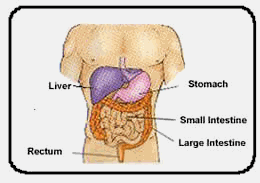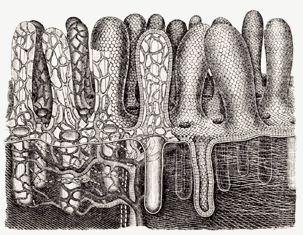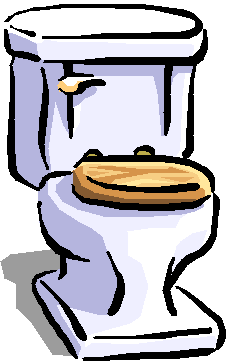You have just eaten a wonderful dinner - A thick, juicy cheeseburger, a tall
glass of milk, a salad, and a hunk of watermelon for dessert.
From the moment that food touches your tongue your body starts breaking it
down into smaller and smaller pieces so that it can get to the parts it needs
– the proteins, carbohydrates, and fats that fuel your engines. Whatever’s
left over after that has got to get dumped.
It takes about seven seconds for that bite of cheeseburger to make it from
your esophagus to your stomach. For the next four to five hours,
strong acids in your stomach attack your dinner, turning it into a soupy liquid.
After your dinner is a sloppy goo, it gets pushed into the small intestine.
Like a snaky, slimy, spongy blotter, the intestines absorbs the nutrients
from each digested item as it squeezes it, sucking all the useful parts of the
food into the bloodstream or the liver to be used to fuel your body.
What’s left behind? Leftovers – the really junky parts of food, like
tough vegetable fibers and the stuff that didn’t get broken down enough to
make the cut. It’s kind of like being on a team. Everyone lines up and the
best players are chosen. Some do not get chosen, so it is time for them to leave
the game. And the only way out is through the large intestine, which is
also called the colon. The last 16 inches of the colon is called the rectum,
and the last stop on the trip to the toilet is the anus.
What’s the exact recipe for that finished poop? Any water that wasn’t
absorbed, along with cellulose (you might know it as fiber), dead intestinal
cells, and a whole lot of bacteria. In fact, a quarter of that pile floating in
the potty is bacteria! YUCK!! No wonder it stinks. Remember: bacteria =
stinkiness. By the way, the official medical word for the finished product is FECES.



